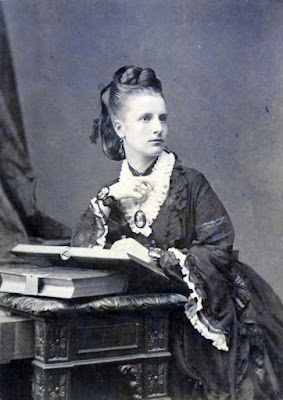The 1950s was a fairly conservative decade, and overcoats, being an expensive wardrobe investment, tended to be fairly conservative too. Except for a few minor details, such as buttons and trimmings, coat styles mainly stayed unchanged through the decade.
There were three main coat shapes in the 1950s: fitted, flared and straight.
 |
| Wakes, Winter 1950 |
CORDED BACK "FASHION AWARD" DRESS COAT in pure wool gabardine A superbly styled dress coat with divinely slender, perfectly balanced lines achieved by expert tailoring and craftmanship. Double breasted princess front with new high buttoning rolled collar and two bound "button-hole" pockets.



